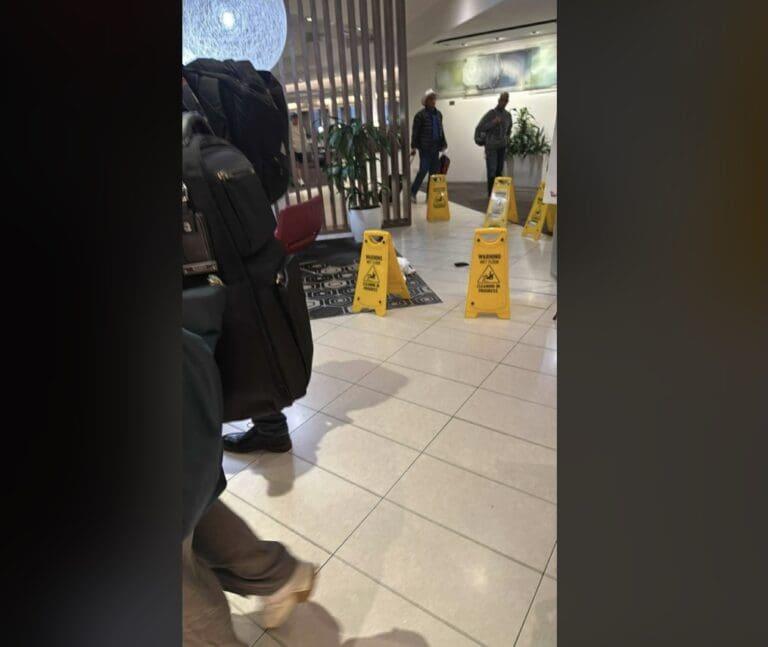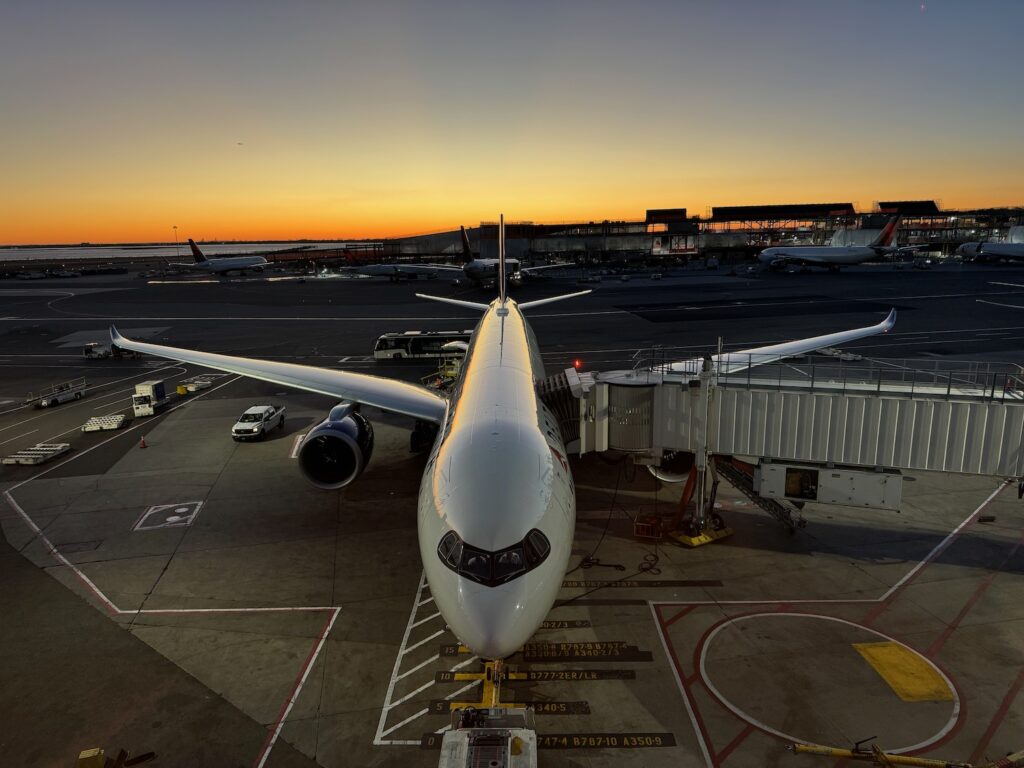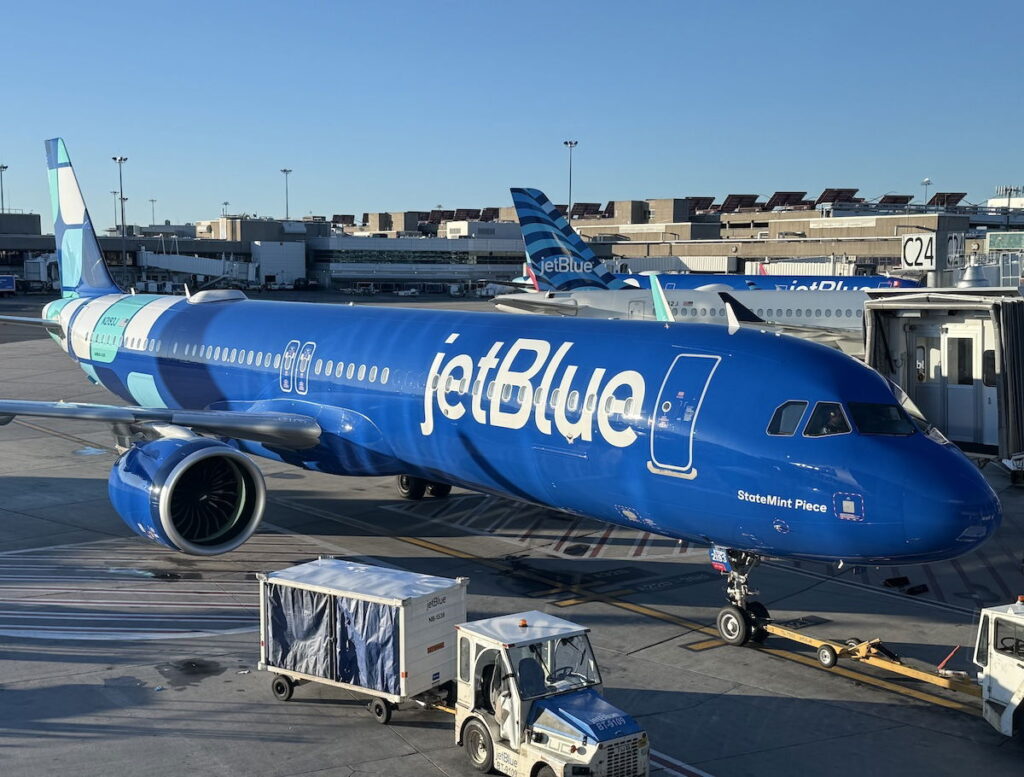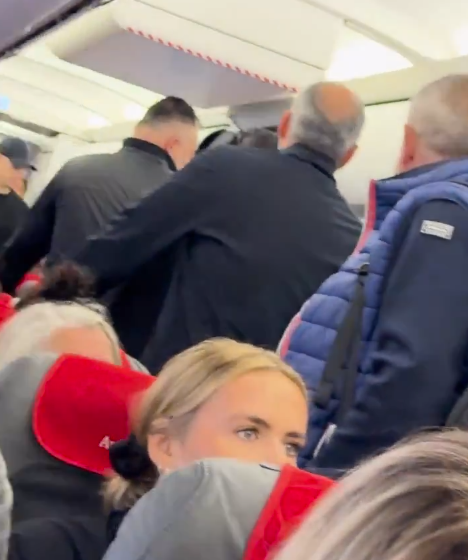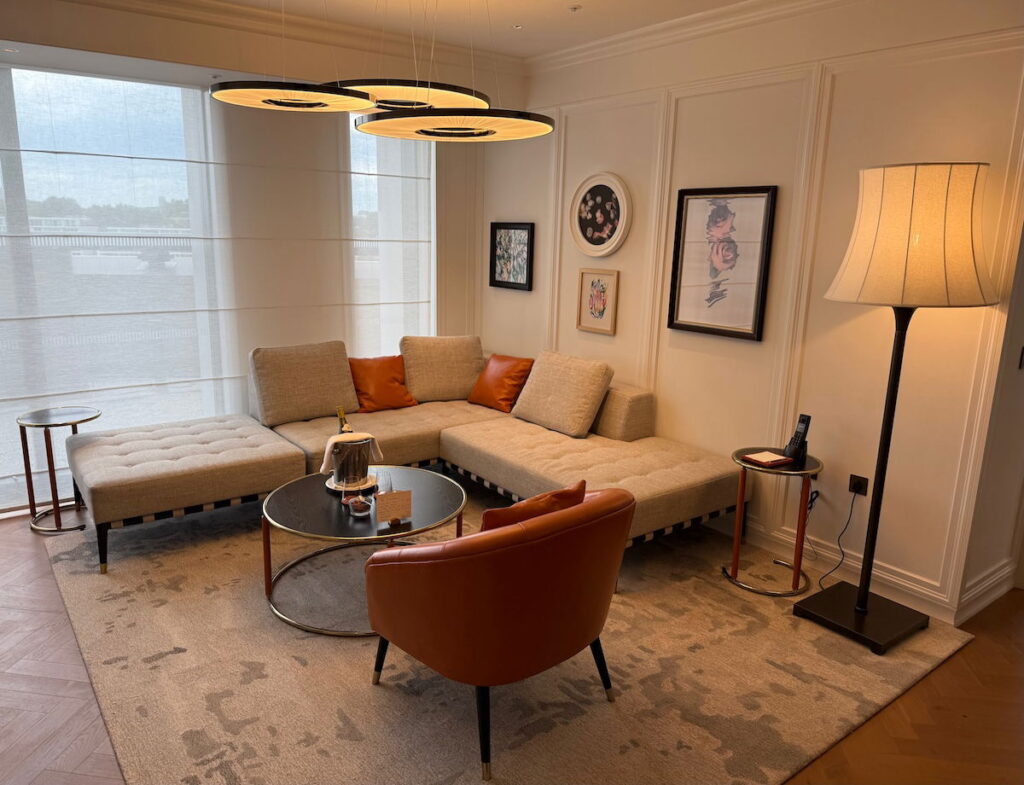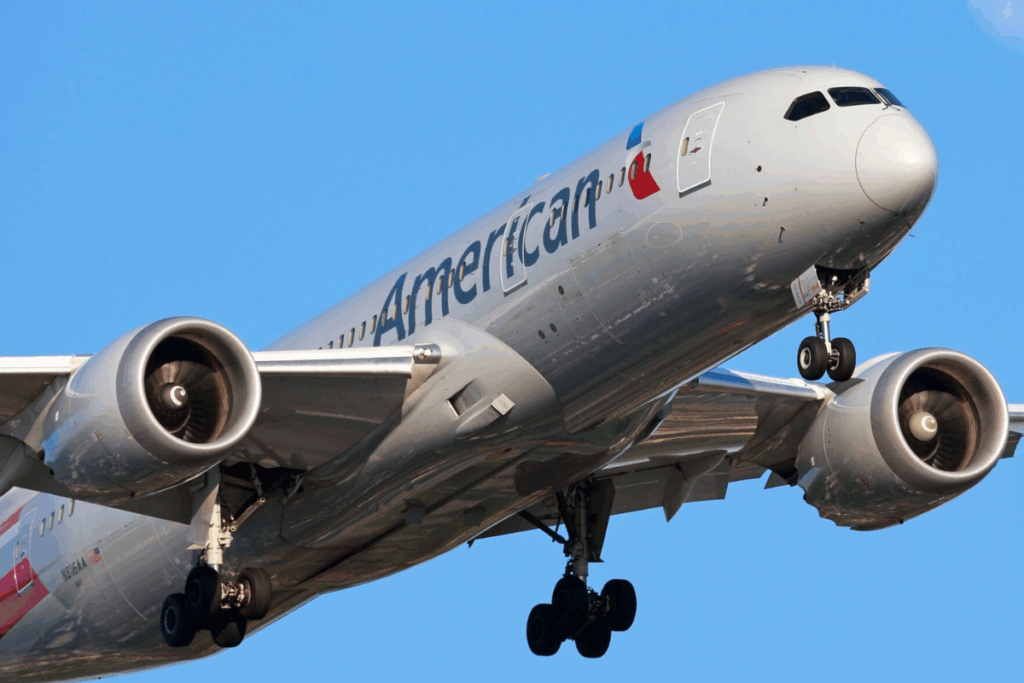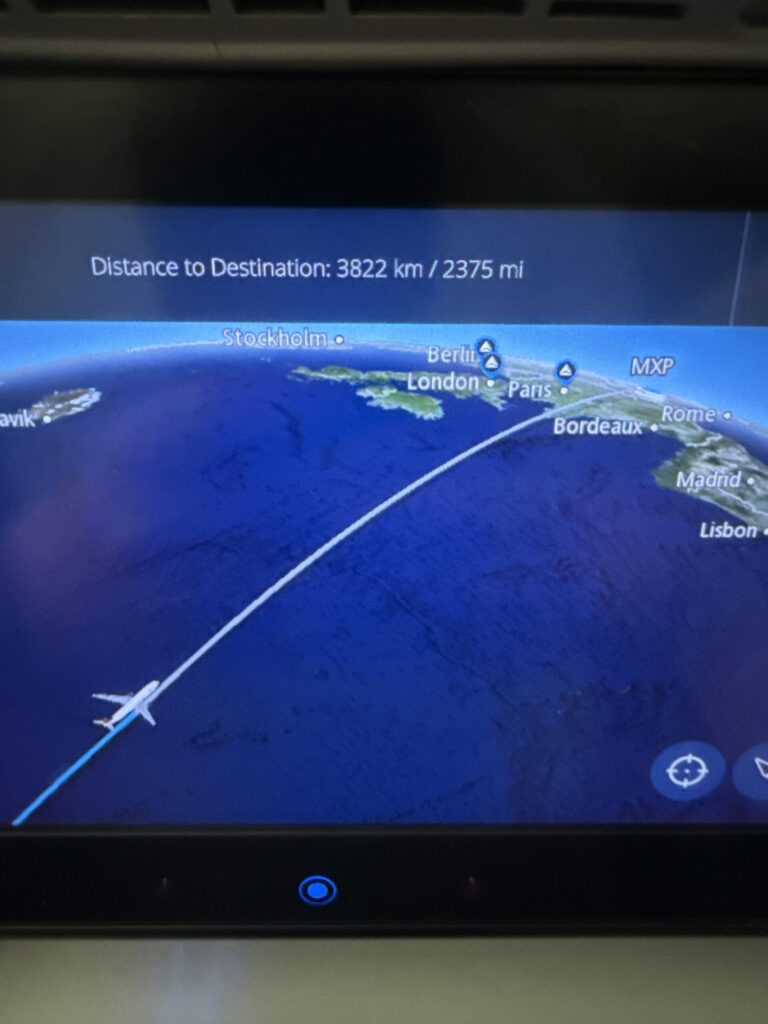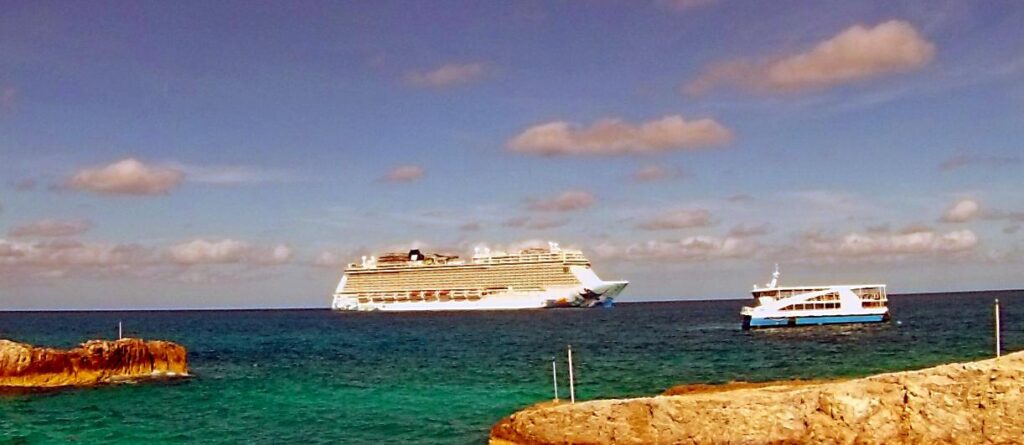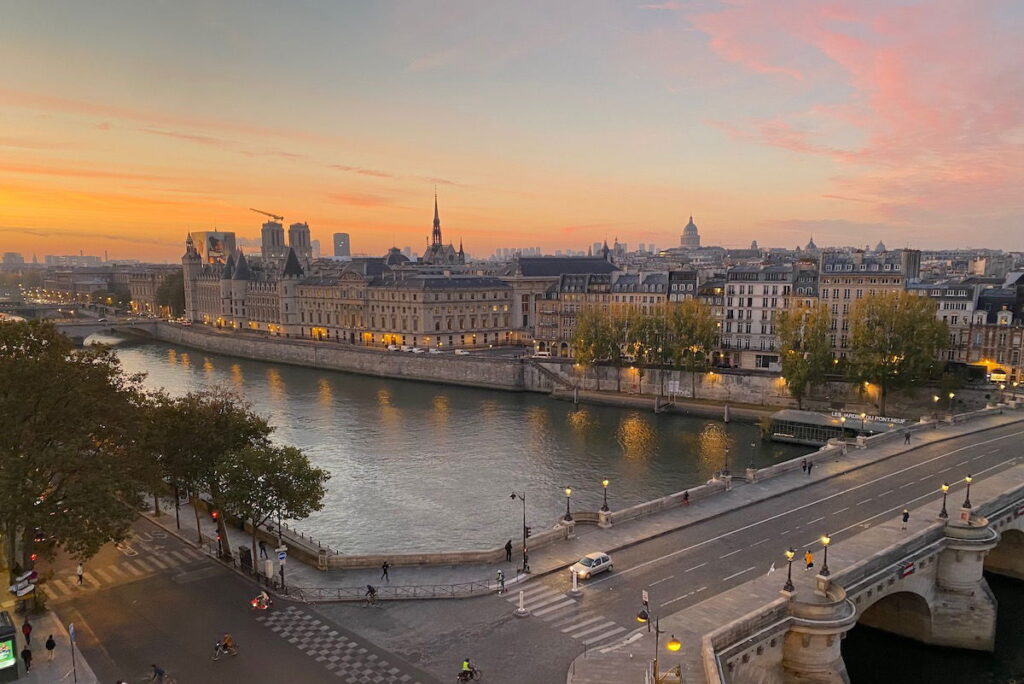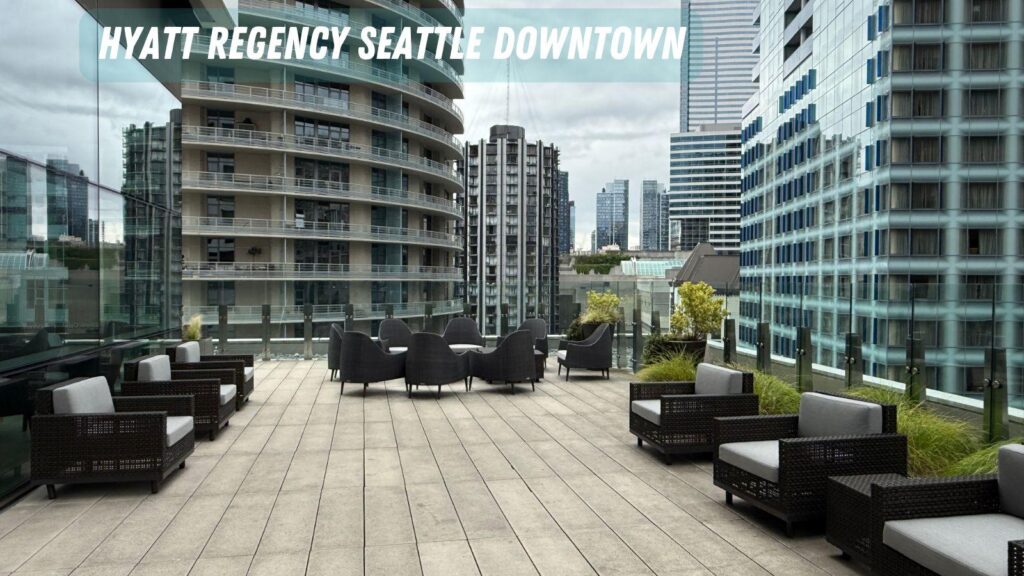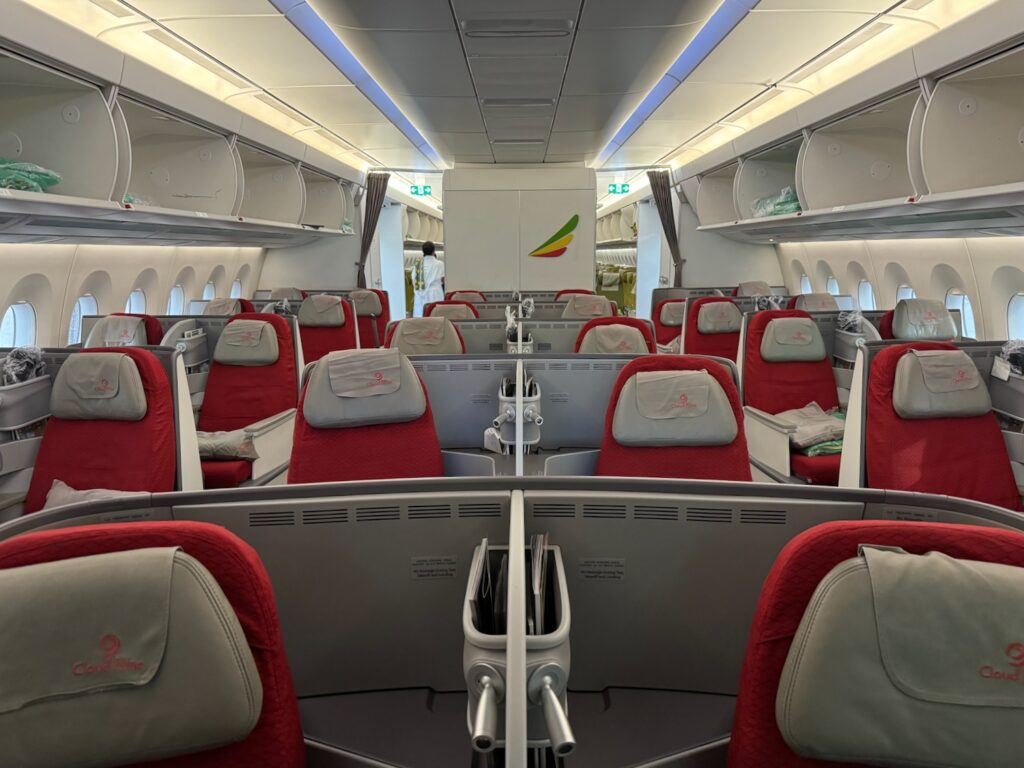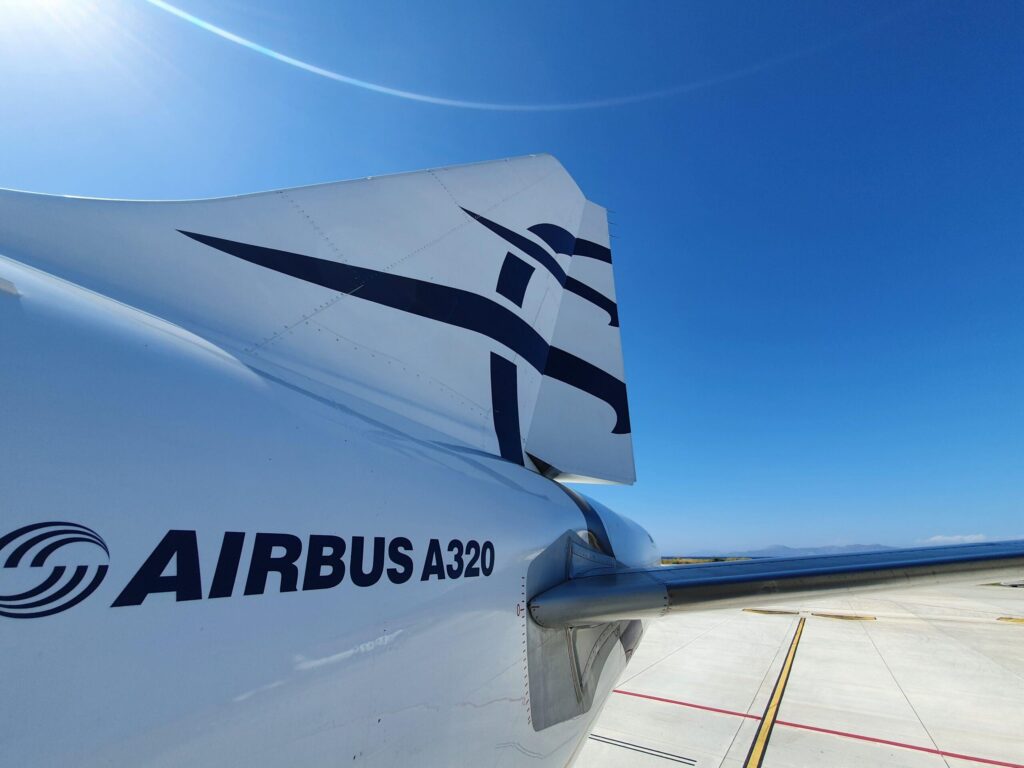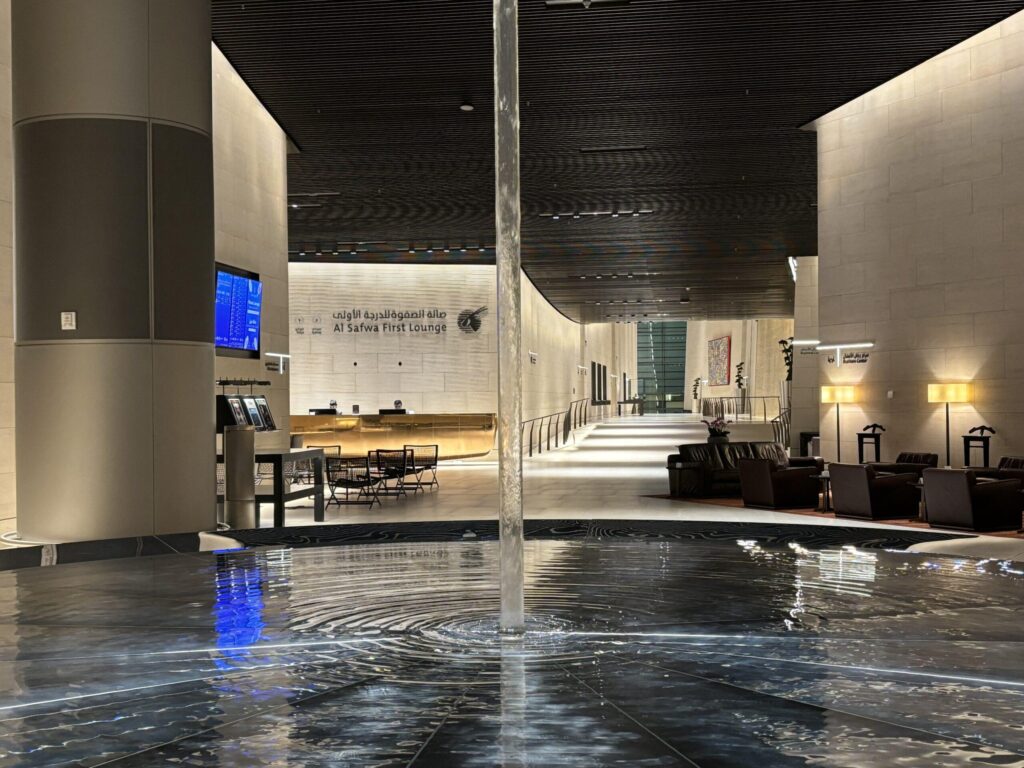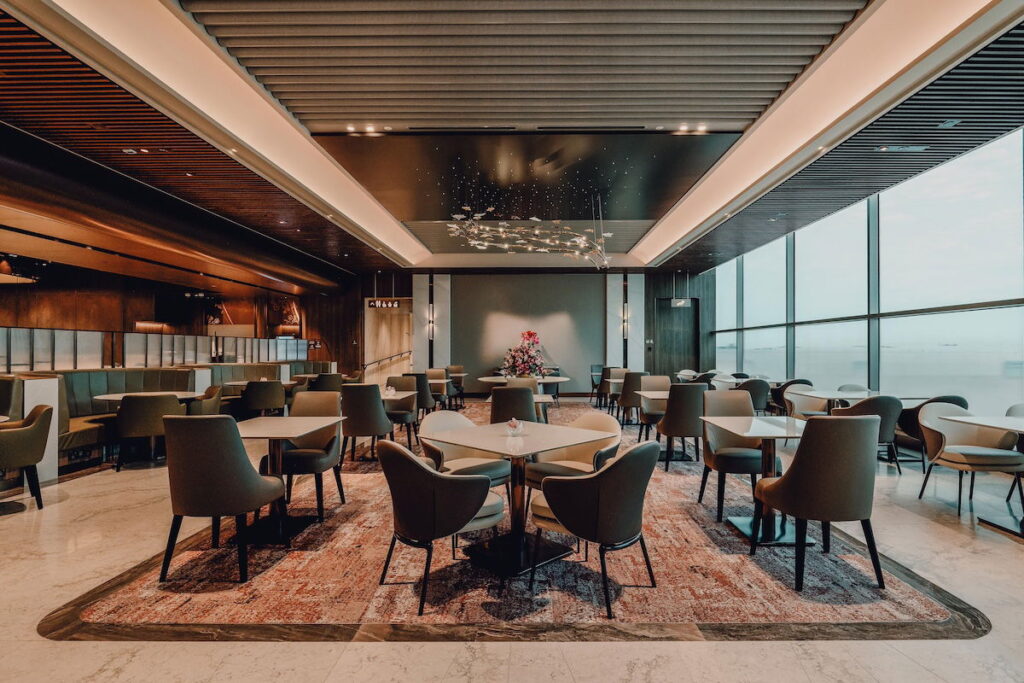
Inside Emirates Premium Economy: A Frequent Flyer’s Guide
I started keeping an eye on Emirates Premium Economy as soon as it launched in late 2020. For those like me, always looking for a sweet spot between standard Economy and the lofty heights of Business Class, this cabin felt like a breath of fresh air. The 2–4–2 seat layout, upgraded dining service, and noticeably more spacious cabin design convinced me that Emirates was onto something distinctive. From my perspective, having that extra wiggle room can make a serious difference in arriving refreshed after a long-haul flight.
An Award-Winning Introduction
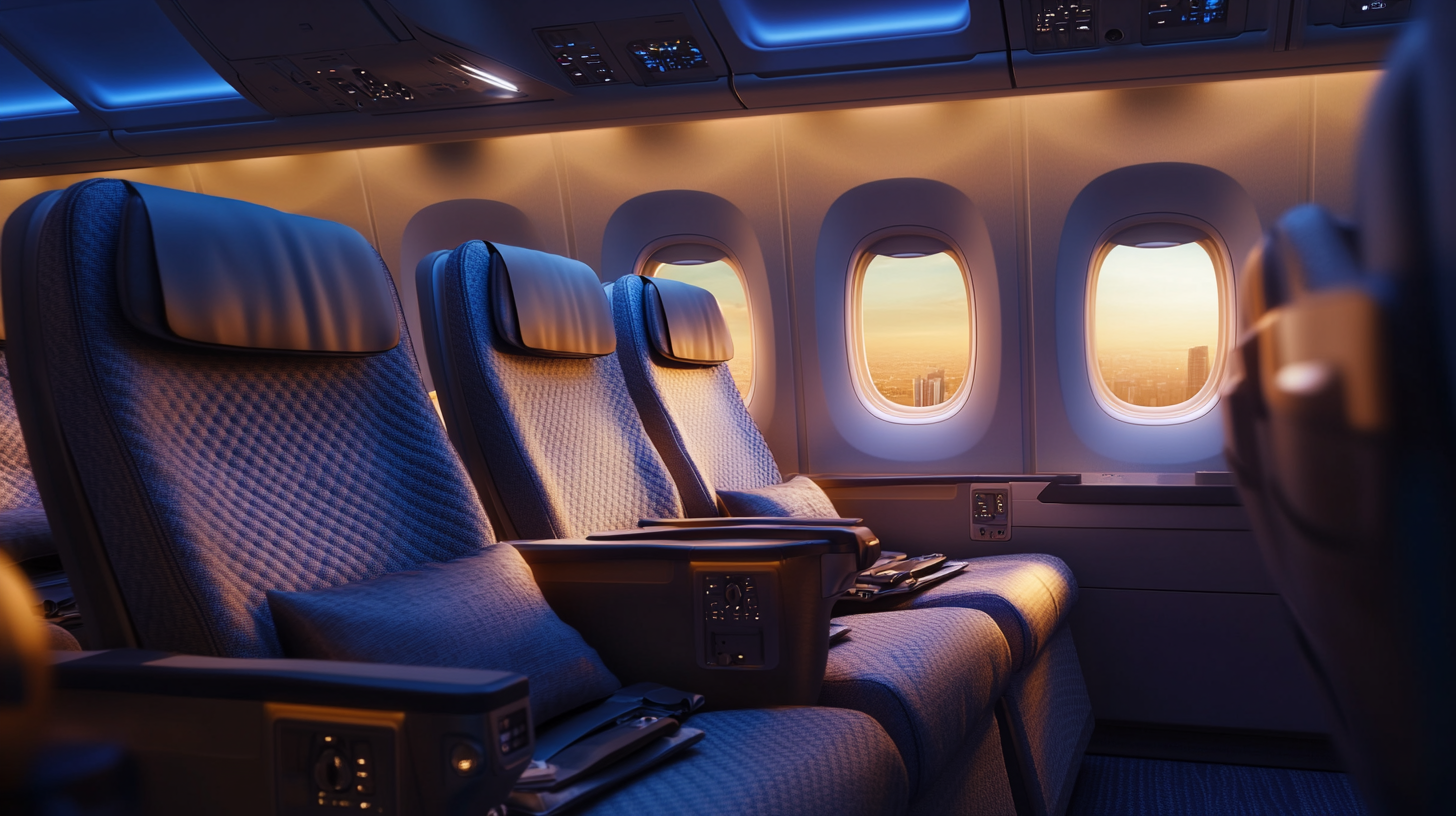
I recall reading how Emirates Premium Economy nabbed the 2024 TPG Award for Best Long-Haul/International Premium Economy shortly after its official rollout. Reviewers raved about the comfortable leather recliner seats and refined amenities, making it a solid middle ground for anyone who wants more legroom but isn’t ready to stretch their budget all the way into Business Class territory.
What truly caught my attention were the early reports from frequent flyers who’d had a chance to sample those seats on inaugural flights. Some travelers mentioned how the boarding process felt smoother than expected, thanks to separate check-in counters and priority boarding in some airports. A recent analysis by aviation consultancy OAG suggested that premium cabin bookings increased by 15% across airlines that introduced enhanced mid-tier products between 2023 and late 2024. Emirates seems to be part of that trend, attracting travelers willing to invest a bit more for added comfort and perks.
Of course, awards are nice, but it’s the real-world experiences that sealed my curiosity. I’ve watched countless online trip reports showcasing everything from seat recline tests to the improved meal presentations. If the rave responses from the travel community are any indication, Emirates Premium Economy could potentially redefine how we look at travel between Economy and Business Class in 2025 and beyond.
Cabin Highlights & Amenities
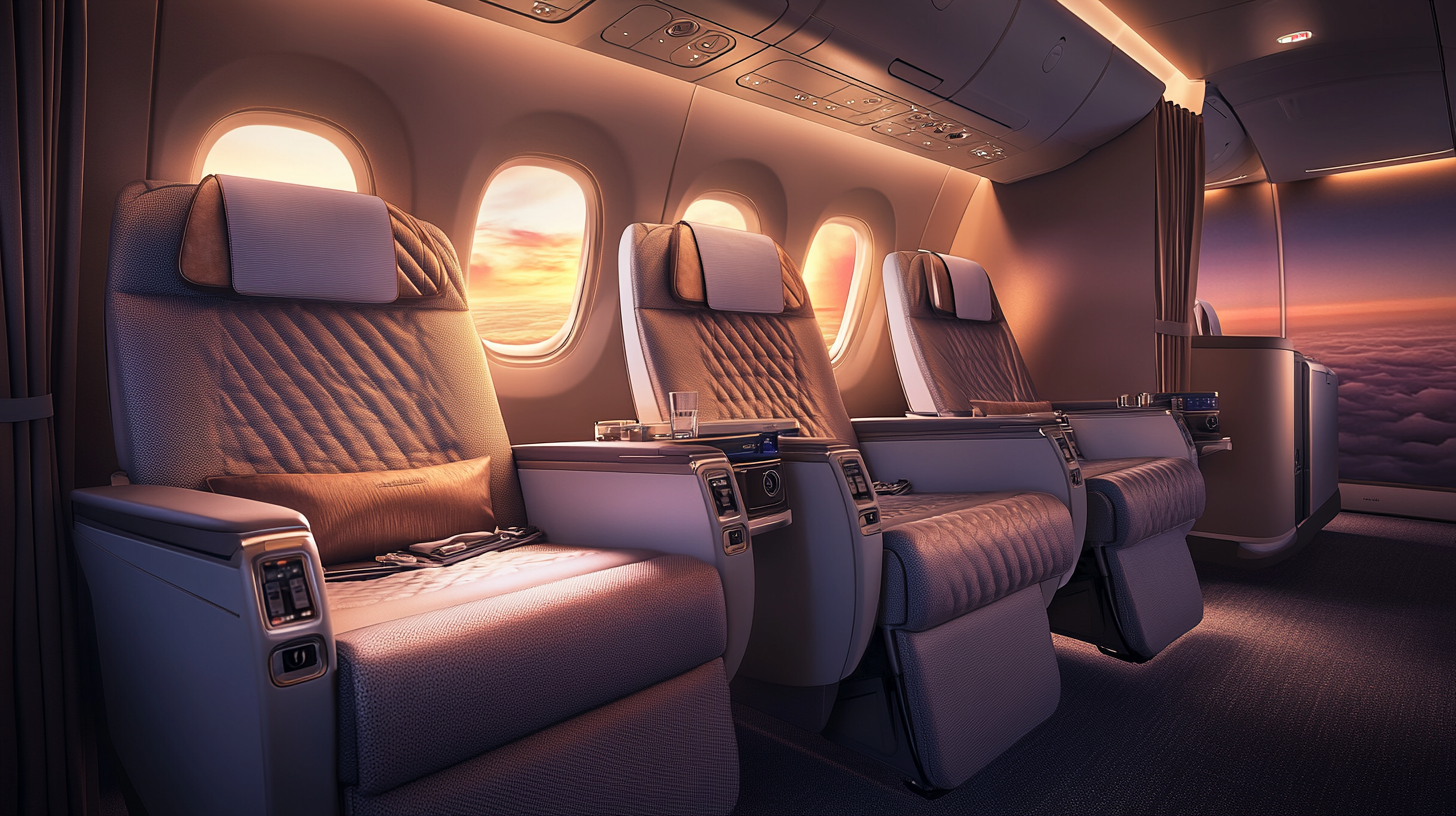
In my opinion, the biggest selling point of Emirates Premium Economy is how it prioritizes passenger comfort. These seats come with an impressive 40-inch pitch, adjustable headrests, up to 8 inches of recline, and cushioned leg rests that let you stretch out nicely. I also appreciate that each seat is fitted with a 13.3-inch HD entertainment screen, plus Bluetooth connectivity and faster Wi-Fi, all enhanced by Emirates’ signature mood lighting.
When I envision settling in for a 14-hour journey, those seat features become more than numbers on a spec sheet—they’re the difference between restless fidgeting and a relaxed inflight experience. I’ve observed travelers use the Bluetooth connectivity to pair their own headphones, which is a welcome shift from the era of tangled cords. Additionally, Emirates’ meal service stands out with regional menus served on polished tableware, sometimes featuring Royal Doulton china. Not only does it look premium, but it also adds a slight sense of ceremony to the meal, something I feel is often missing in standard Economy.
Furthermore, having Wi-Fi that doesn’t crawl at a snail’s pace is a plus for those of us who need to stay connected or simply want to post pictures en route. According to a 2024 analysis by Routehappy, in-flight Wi-Fi availability and speed can majorly influence a passenger’s cabin satisfaction. Emirates appears to have taken that study to heart, offering faster connections that keep passengers linked to their world on the ground. Those details, from mood lighting to meal presentation, give Premium Economy that extra polish I find appealing.
Pricing and Availability
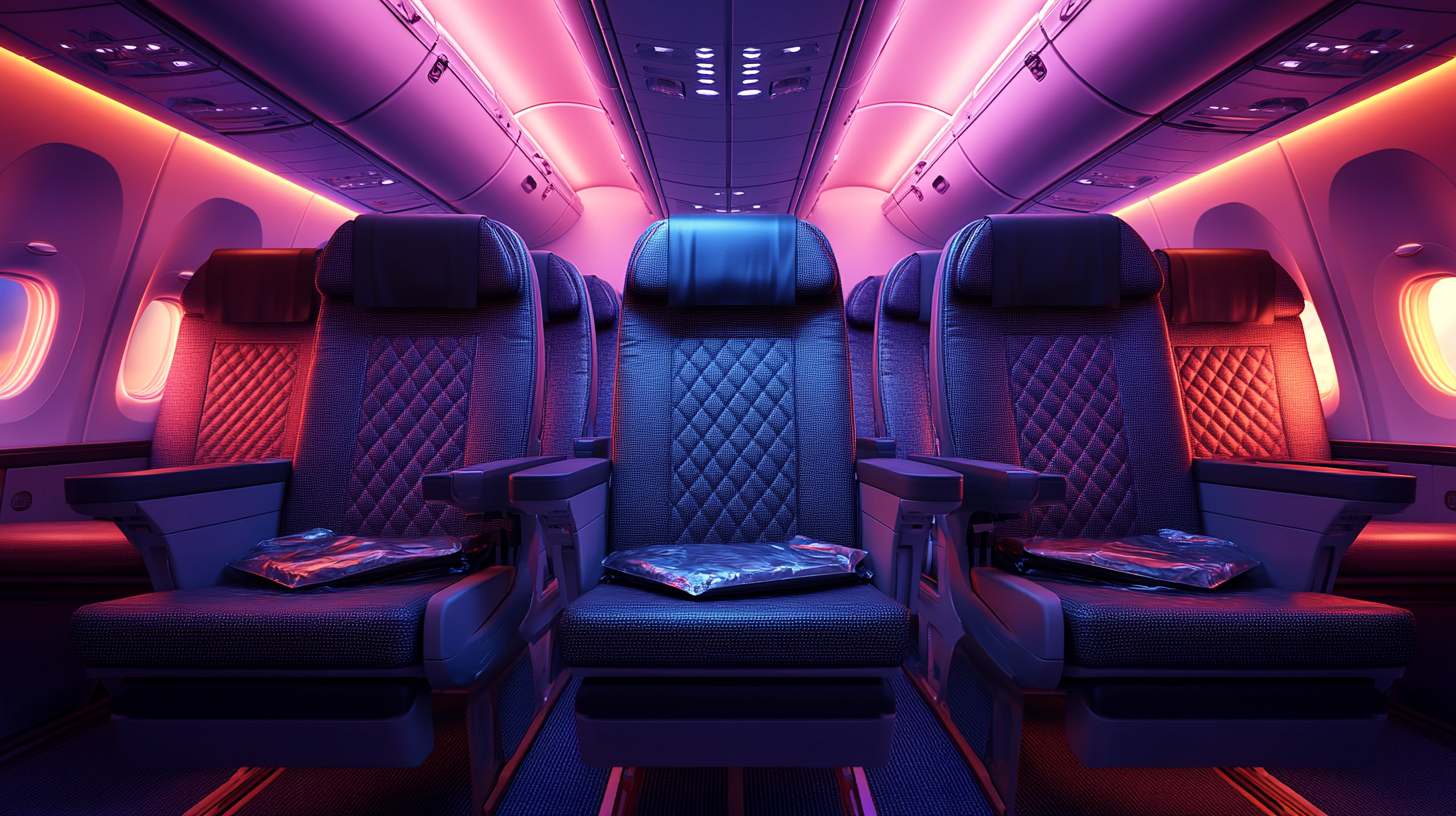
Originally, Emirates Premium Economy was installed on just six A380 aircraft, but the airline is in the process of retrofitting up to 105 wide-body jets with this cabin—a move I believe underscores the rising demand. Right now, availability varies by route, including high-traffic corridors like New York (JFK)–Dubai and London–Dubai. Typically, I’ve seen travelers book a regular Economy fare, then pay an upgrade fee to bump up to Premium Economy. While it’s pricier than other airlines’ extra-legroom seats, it still falls significantly below what a Business Class ticket would cost.
One factor that caught my eye is how these upgrade fees can fluctuate based on demand and seasonal trends. According to industry data published in early 2025, premium cabin surcharges can swing by as much as 20% during peak travel periods like summer holidays or winter breaks. This means being strategic with booking—either locking in early or waiting for potential promos—might make a big difference in how much you pay.
In my own comparisons, I’ve seen that some savvy travelers use airline loyalty points or special promotions to minimize the jump in cost. If you keep an eye out for Emirates’ limited-time offers or even partner credit card perks, you can occasionally score a Premium Economy seat for a fraction of the standard upgrade fee. Factoring in the comfort and amenities, it’s an investment worth considering, especially if you have to be on your feet right after landing for a meeting or an event.
The Ups and Downs
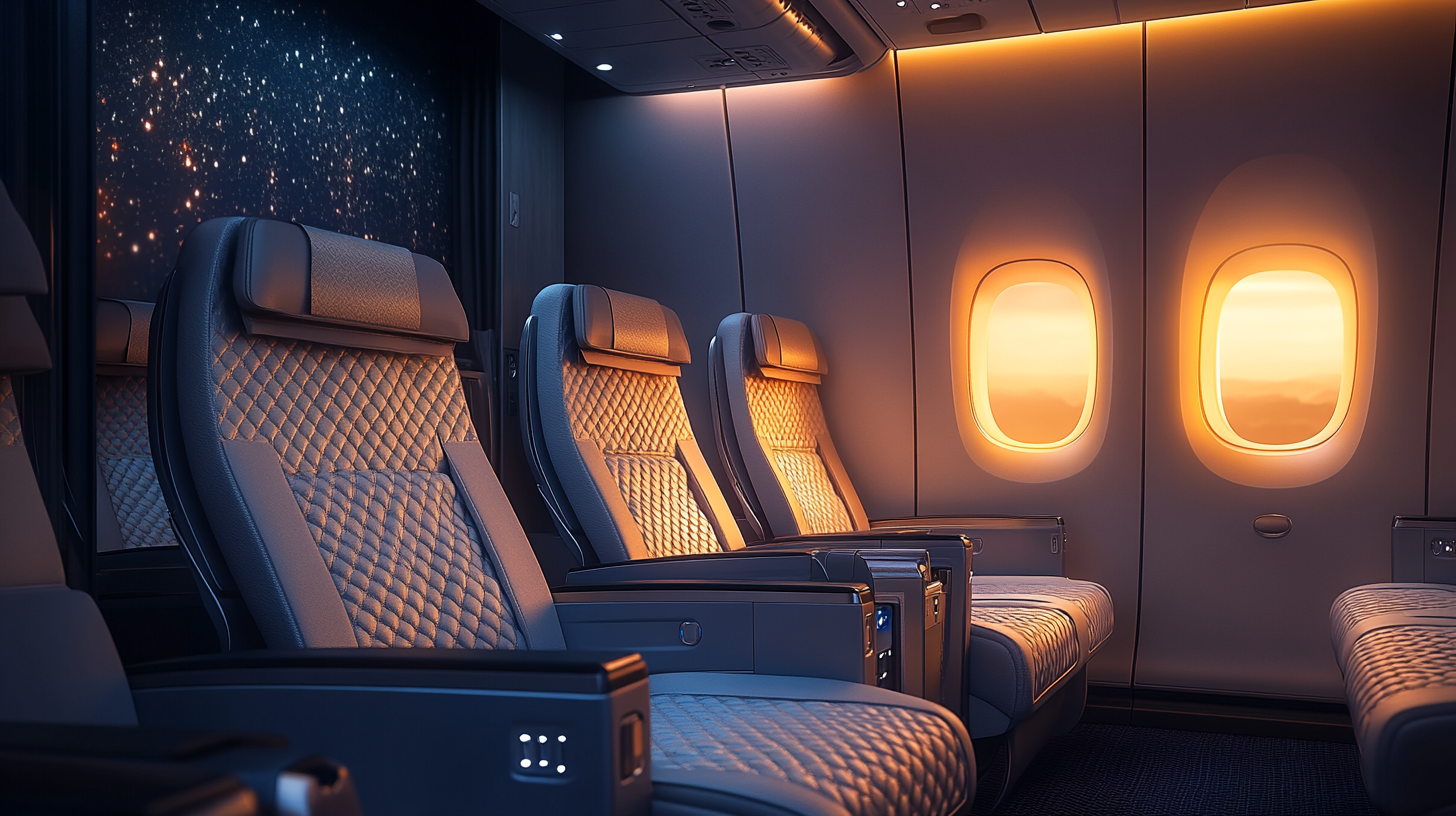
From this traveler’s perspective, Emirates Premium Economy stands out with its cream leather seats and modern cabin finishes—touches that make you feel you’ve taken a step up from basic Economy. Of course, the one trade-off is that the overall cost can be steep for those used to rock-bottom Economy fares. I’ve also noticed that lounge access and certain Skywards perks aren’t included, which can be a letdown if you were hoping for a Business Class–esque experience.
On top of that, seat-selection issues sometimes creep in. If you book late or find the cabin nearly full, you might get stuck in a middle seat—negating some of the spacious benefits Premium Economy claims to offer. I’ve heard from a few fellow flyers who ended up with limited storage space or less legroom than they expected simply because they couldn’t snag their preferred seat. Checking the seat map in advance and acting quickly is crucial if you’re tall or particularly picky about where you sit.
Yet despite these downsides, many frequent flyers say they’d choose Premium Economy again for the extra shoulder room, better recline, and quieter atmosphere. A 2024 survey by Skytrax indicated that travelers who opt for a mid-tier cabin often see it as a long-term solution, especially for overnight flights. For an airline known for luxury, Emirates still manages to keep Premium Economy a tier above standard offerings, even if it’s not a Business Class seat in disguise.
Comparing with Other Premium Economy Options
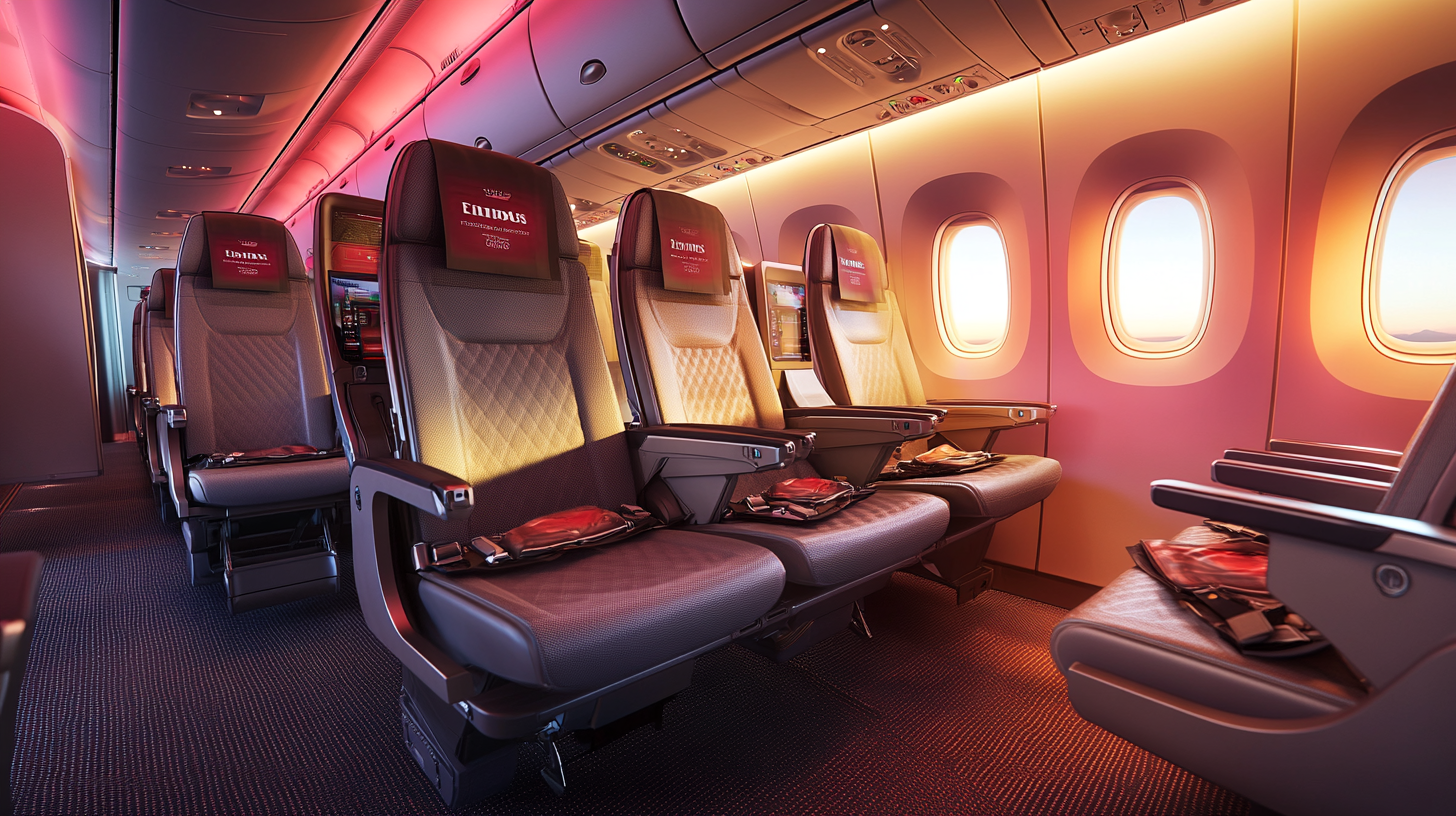
Emirates isn’t the only airline embracing a middle-ground cabin. Carriers like Qantas, ANA, Virgin Atlantic, Singapore Airlines, and several Scandinavian airlines have had Premium Economy products for a while. Generally, these options share common features: extra legroom, improved recline, and a step up in meal quality. However, what I’ve found sets Emirates apart is its sleek cabin design paired with a refined dining experience that rivals some competitors’ Business Class extras.
For instance, Singapore Airlines is known for its spacious Premium Economy, but from my observation, Emirates has drawn praise for that leather upholstery and more contemporary color scheme. It’s a subtle difference, but aesthetics can matter when you’re spending 10–15 hours in the air. If you compare pricing, you might notice that upgrades on certain routes with other airlines could be cheaper, though they might not carry the same ambiance or culinary flair. It all boils down to personal preference.
For travelers who appreciate the social aspect of an onboard lounge or bar, Business Class might still hold more value. But if you’re purely after a quieter, roomier seat and a decent meal, Emirates Premium Economy can deliver. I’ve personally seen how it can save you from serious jet lag on red-eye flights—something that alone might justify the extra cost. Ultimately, it’s about finding that balance between what your wallet can handle and what your body can tolerate during long journeys.
Final Thoughts
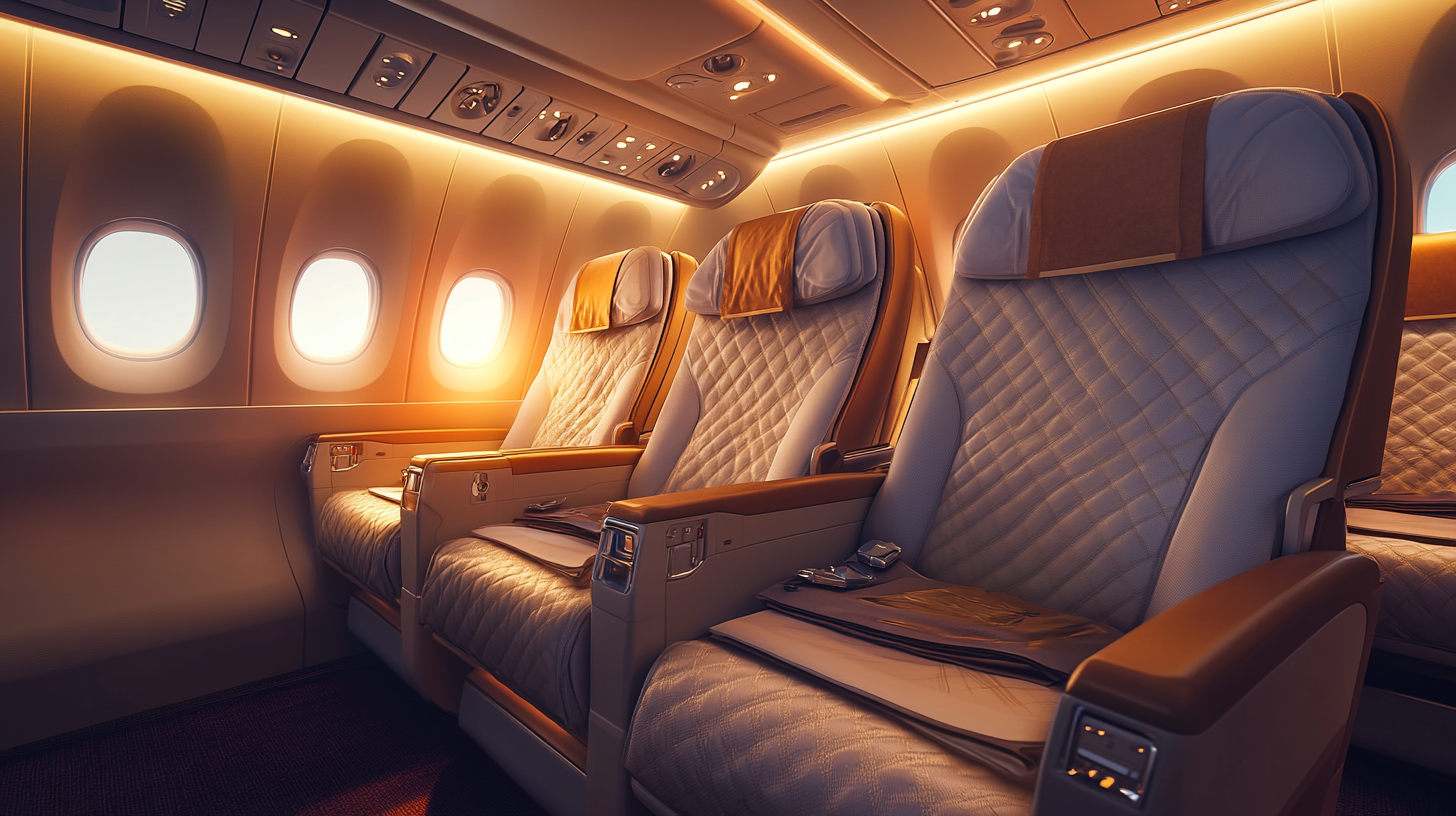
As I look at the evolving landscape of airline travel in 2025, Premium Economy seems poised to become a key battleground for carriers aiming to lure travelers seeking comfort without the Business Class price tag. Emirates’ take on this concept offers an appealing blend of legroom, upgraded meals, and stylish cabin interiors, which can transform an otherwise grueling long-haul flight into a more enjoyable experience.
That said, the real test is whether the price difference makes sense for your travel style. If you frequently fly overnight or value the little extras—like polished tableware and an upgraded seat—the additional cost may well be worth it. If, however, you’re more interested in saving money or scoring lounge benefits, Business Class upgrades or even strategic Economy seat selection might still be your go-to. In any case, I’ve observed how Premium Economy can seamlessly satisfy that middle ground for many, and Emirates’ offering is a strong contender.
Sky Skylar’s Take
My biggest takeaway is how Emirates Premium Economy delivers a true upgrade in comfort without overcomplicating the experience. Those little touches—like higher-quality dining and better seat ergonomics—help me settle in for a long flight with much less fatigue afterward. For those on the fence about whether it’s worth the additional fee, I suggest considering your travel priorities first. A bit of mental math comparing time in the air versus the cost usually helps me decide where my money is best spent.
In my own view, Emirates Premium Economy stands as a testament to what the future of travel might look like: carefully curated experiences that find a sweet spot between budget constraints and a luxurious journey. If more airlines follow suit—and I think they will—then we’re on the cusp of a new normal where mid-tier cabins become increasingly sophisticated and widely available. I, for one, am excited to see what’s next.
For more travel insights and the latest airline news, stay connected with the world of travel at BoardingArea.

